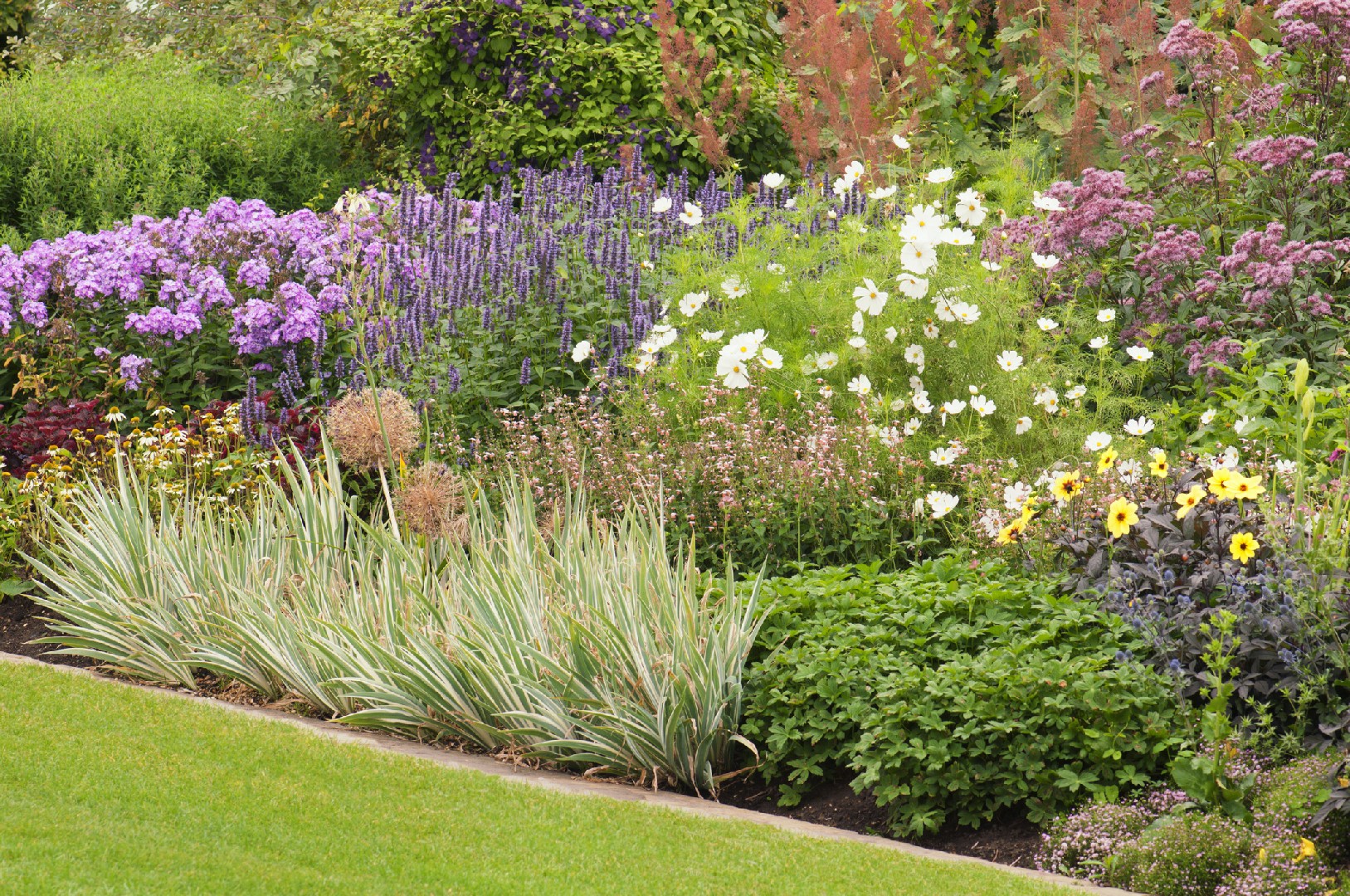![Rectangle]()
Understanding the Fundamentals of Texture Garden Design
Texture plays a crucial role in enhancing the appeal of your garden. It adds depth, interest, and visual variety to the overall design. When we talk about texture in garden design, we are referring to the surface quality and feel of the plants and materials used. Understanding the fundamentals of texture garden design will help you create a visually stunning and well-balanced garden.
Defining texture is the first step in understanding its importance in garden design. Texture refers to the visual and tactile qualities of the plants and materials in your garden. It can be categorized into three main types: fine, medium, and coarse textures.
Fine textures consist of plants and materials that have small and delicate qualities. Examples include grasses, ferns, and moss. Fine textures create a sense of lightness and airiness in a garden. They are often used to create a soft and delicate atmosphere, like a gentle breeze in the garden.
Medium textures are characterized by plants and materials that have moderate-sized qualities. Examples include shrubs, ornamental grasses, and some perennials. Medium textures add substance and density to a garden. They are used to create a balanced visual appeal and can act as focal points in the garden.
Coarse textures consist of plants and materials that have large and bold qualities. Examples include large-leaved plants, rocks, and boulders. Coarse textures create a sense of weight and solidity in a garden. They are used to create dramatic and eye-catching features in the garden.
A well-balanced garden incorporates these three textures in harmony. Consider using a variety of plants and materials with different textures to create interest and contrast. For example, you can pair delicate ferns with bold rocks or combine ornamental grasses with large-leaved plants. This combination of textures will create a visually appealing and dynamic garden.
To enhance the appeal of your garden further, consider the colors and patterns of the plants and materials. Combining textures with complementary colors and patterns will add another layer of interest to your garden design. For example, pairing fine-textured ferns with bright purple flowers or placing medium-textured shrubs with variegated leaves next to coarse-textured rocks will create a stunning visual display.
Creating a texture garden design requires careful planning and consideration. Take the time to observe and experiment with different textures to find the perfect balance for your garden. Consider the size, shape, and placement of plants and materials to create a visually appealing and cohesive design. Remember, texture is a powerful tool that can transform your garden into a captivating and inviting space.
In conclusion, understanding the fundamentals of texture garden design is essential for creating a visually stunning and well-balanced garden. By defining texture and differentiating between fine, medium, and coarse textures, you can incorporate a variety of plants and materials with different textures to create interest and contrast. Pairing textures with complementary colors and patterns further enhances the appeal of your garden. So, go ahead and start experimenting with textures to transform your garden into a captivating and inviting space that will impress everyone who visits.





